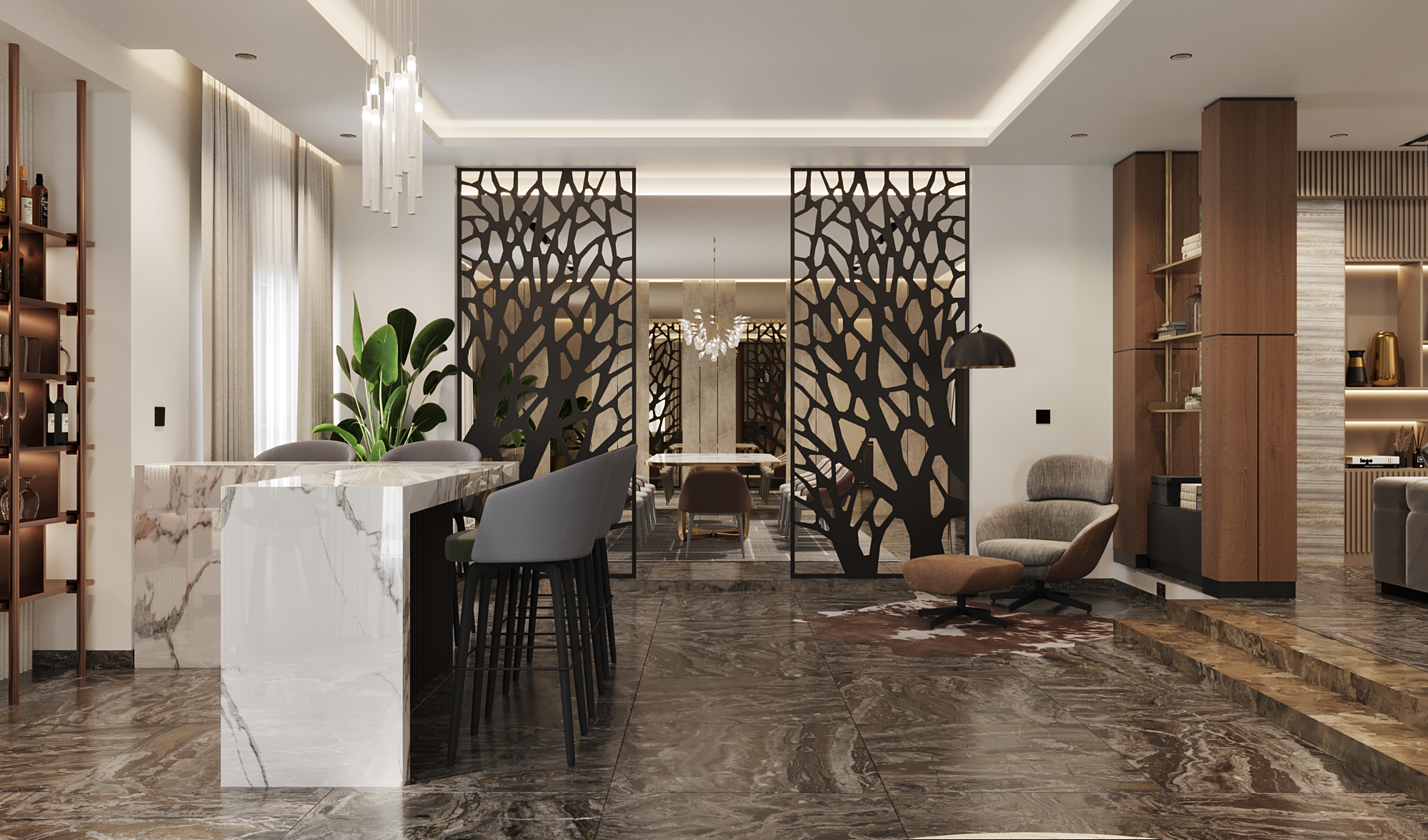As an aspiring interior designer, one of the most powerful tools in your arsenal is the ability to curate living spaces that not only look beautiful but also resonate deeply with those who inhabit them. Curated living spaces are more than just aesthetically pleasing rooms—they are carefully crafted environments that tell a story, evoke emotion, and align with the lifestyle and needs of your clients.
1. What Does It Mean to Curate a Living Space?
Curating a living space goes beyond merely decorating; it’s about making intentional choices that reflect the personality, values, and daily routines of those who will live there. It’s a blend of art and function, where every piece has a purpose, and every design choice contributes to a cohesive whole. As a designer, your role is to guide clients in selecting elements that not only fit together visually but also enhance their way of life.
2. Understanding Your Client’s Story
The foundation of any curated space is a deep understanding of your client’s story. Before you begin selecting furniture, colors, or materials, spend time getting to know your clients. What are their daily routines? What brings them joy? What are their aspirations? By asking these questions, you can design a space that reflects their unique journey and creates a sense of belonging.
3. Balancing Aesthetics and Functionality
A beautifully curated space is one where aesthetics and functionality are in perfect harmony. This means choosing furniture that is not only stylish but also comfortable and practical. It’s about creating layouts that flow naturally, making it easy for your clients to move through the space and carry out their daily activities. Remember, a well-curated space should make life easier, not just prettier.
4. The Art of Selection
Curation involves making deliberate choices about what stays and what goes. As a designer, it’s your job to help clients focus on quality over quantity. Encourage them to invest in timeless pieces that will stand the test of time, rather than fleeting trends. Whether it’s a handcrafted dining table, a piece of art with personal significance, or a vintage rug that adds warmth and character, each item should contribute to the overall narrative of the space.
5. Creating Emotional Connections
One of the key aspects of a curated living space is its ability to evoke emotion. This could be through color schemes that promote relaxation, textures that invite touch, or lighting that creates a warm and welcoming atmosphere. The goal is to design spaces that not only look good but also feel good—spaces that clients will be excited to come home to every day.
6. Personalization and Meaning
At the heart of a curated space is personalization. This is where you can really shine as a designer. Incorporate personal touches that reflect your client’s identity, whether it’s custom-built furniture, family heirlooms, or décor that celebrates their passions and hobbies. These personal elements add depth and authenticity to the design, making the space truly one-of-a-kind.
7. Sustainability in Curation
As more clients become conscious of their environmental impact, sustainability is becoming a key factor in curated design. Opt for eco-friendly materials, source locally-made furniture, and consider upcycling or repurposing items. Sustainable design not only benefits the planet but also adds another layer of thoughtfulness to your work, showing clients that you care about the bigger picture.
The Takeaway
Curated living spaces are a reflection of your client’s life, passions, and personality. As an aspiring interior designer, mastering the art of curation will set you apart in the industry. It’s about more than just creating beautiful rooms—it’s about crafting environments that tell a story, evoke emotion, and enhance the way people live.
Ready to elevate your design practice and start curating meaningful spaces for your clients? Dive deeper into these concepts and more on my blog—link in bio!


